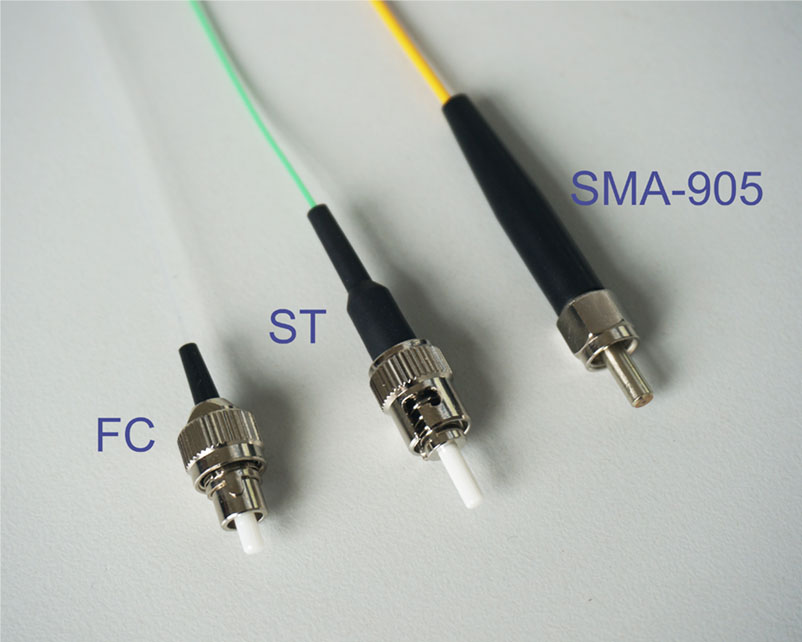Q08
/8. What should be noted when operating the diode lasers?
1. Laser safety
Powerful laser radiation is dangerous, mainly for eyes and skin, don’t look at the laser beam straight, even wearing the laser goggles.
2. Electrostatic protection
The positive and negative pins must be shorted when the diode lasers are in transit or in storage. The Antistatic bracelet must be needed for the operator.
3. Avoid the electrical surge
A electrical surge is a sudden instantaneous electrical pulse, over high surge would break down PN junction and destroy the diode lasers. To avoid the electrical surge, the power supplier should be slowly started, and connected with diode lasers tightly. If the output power is adjustable via a potentiometer, it is better to use a current-limiting resistor in series with it.
4. The connection between pins and driver
For the operating current of >6A, please weld the pins to the wires of driver, the welding point should be close to the root of the pins as possible with the proper tension. To avoid damaging the diode lasers, please use the electric soldering iron with low power of <8W and temperature of <260℃,the welding time shall not over 10 seconds,at the same time, please offer the electrostatic protection.
5. Cleaning
Please clean the fiber end-face using the alcohol before turning on the laser to avoid reducing the output power or damaging the fiber. When the laser is not worked, please put the protected cap on the connector.
6.The fiber bend radius
The maximum bend radius is recommended not less than 300 times of fiber cladding diameter.
